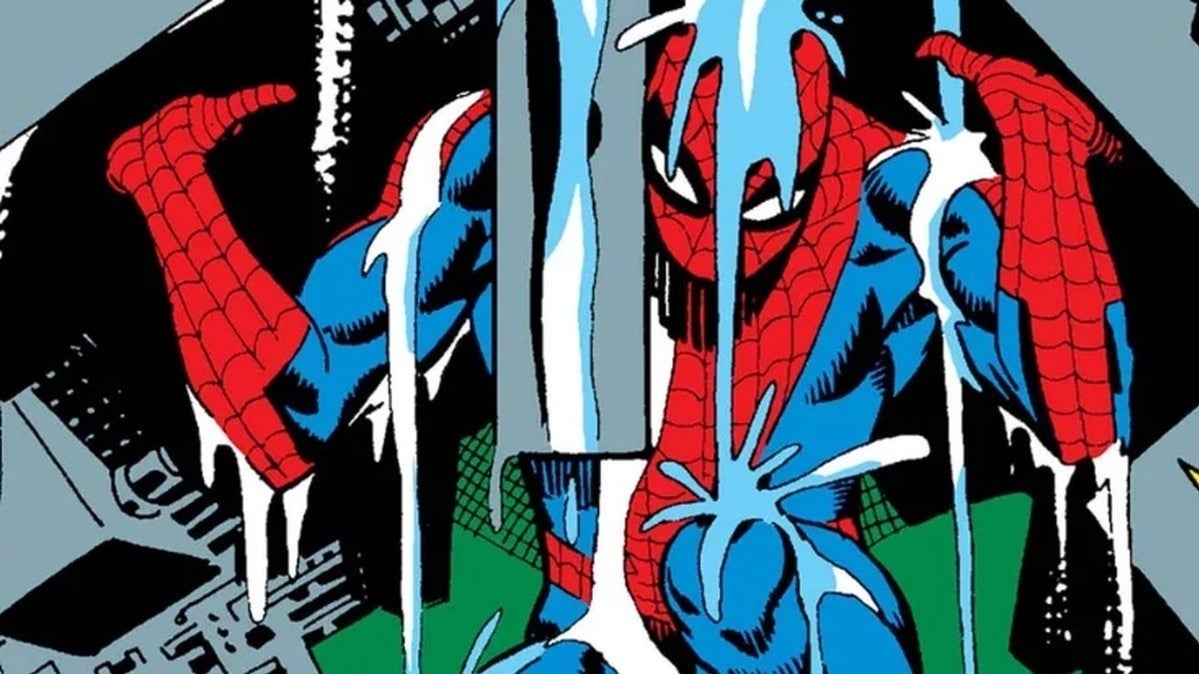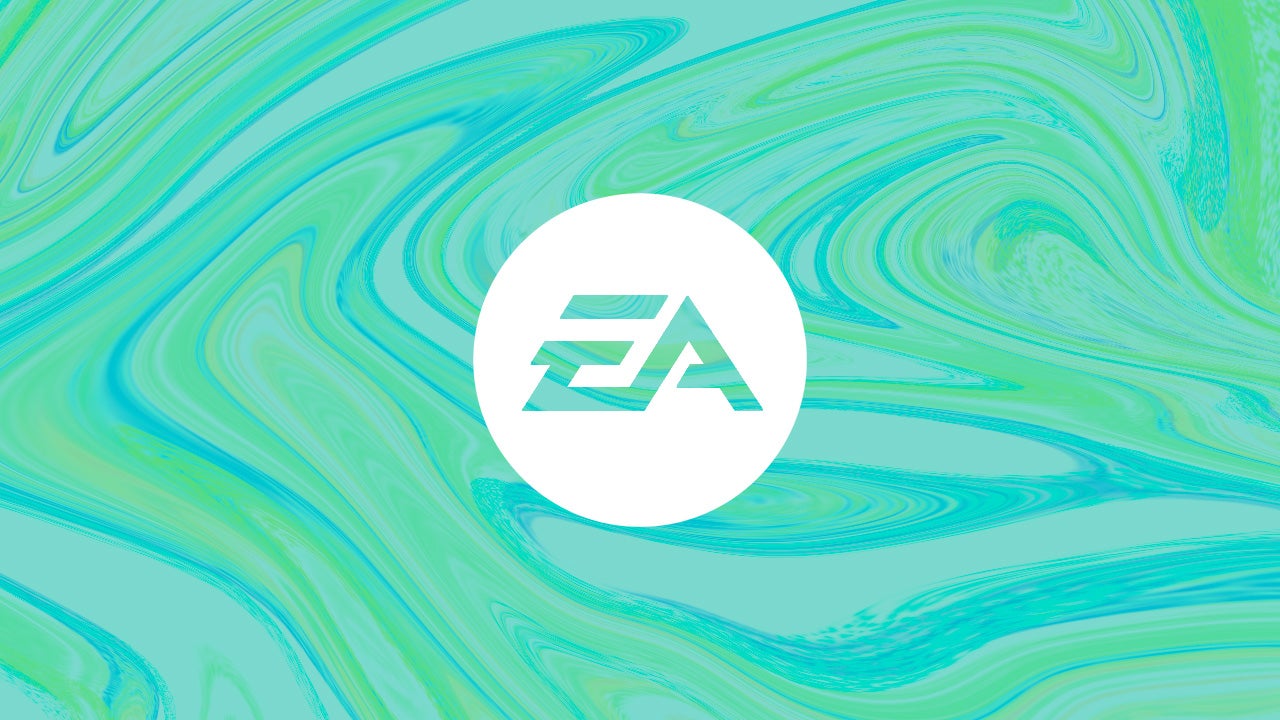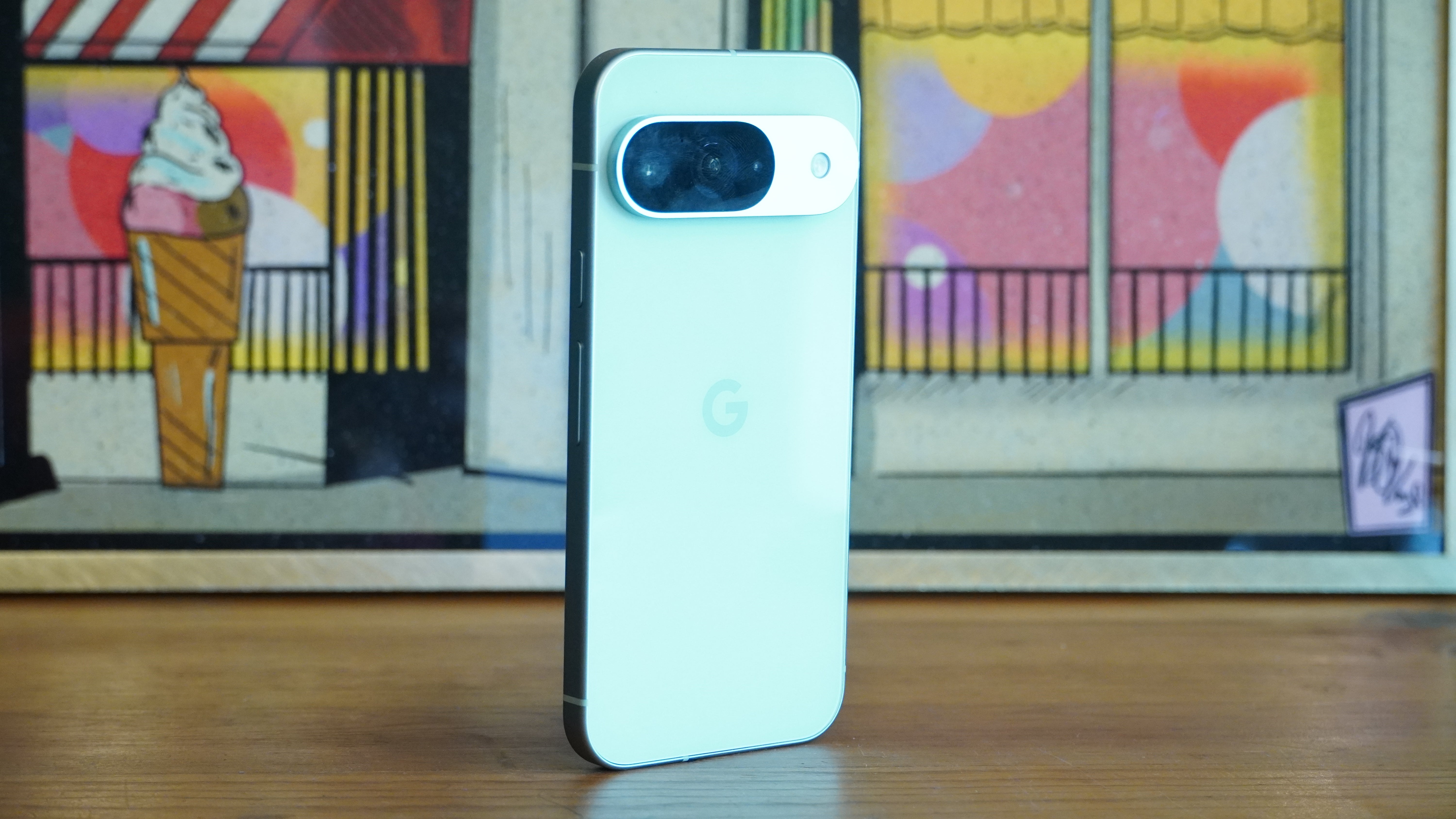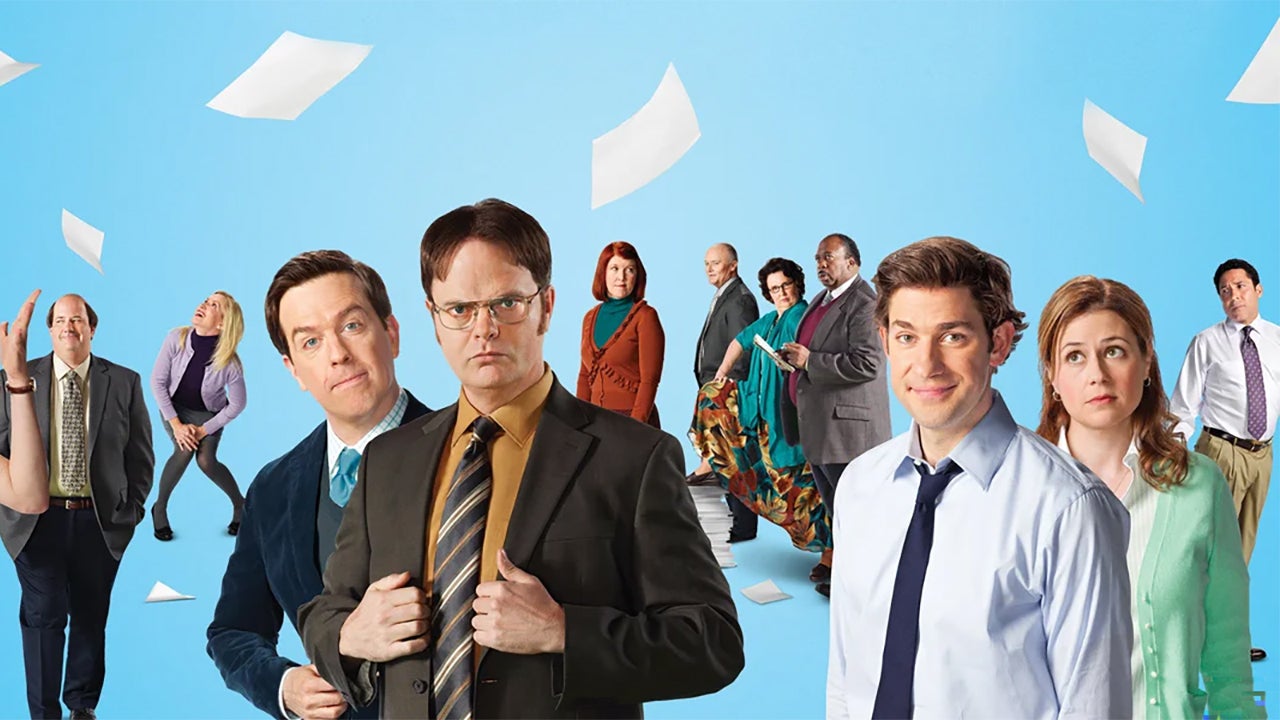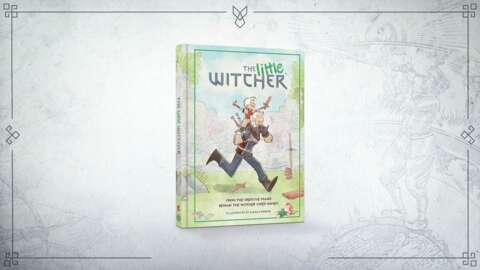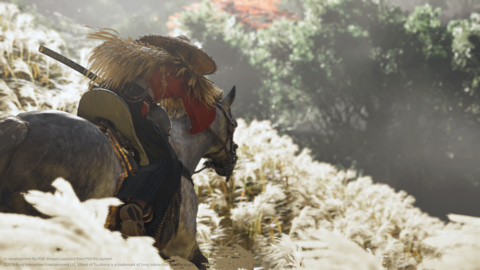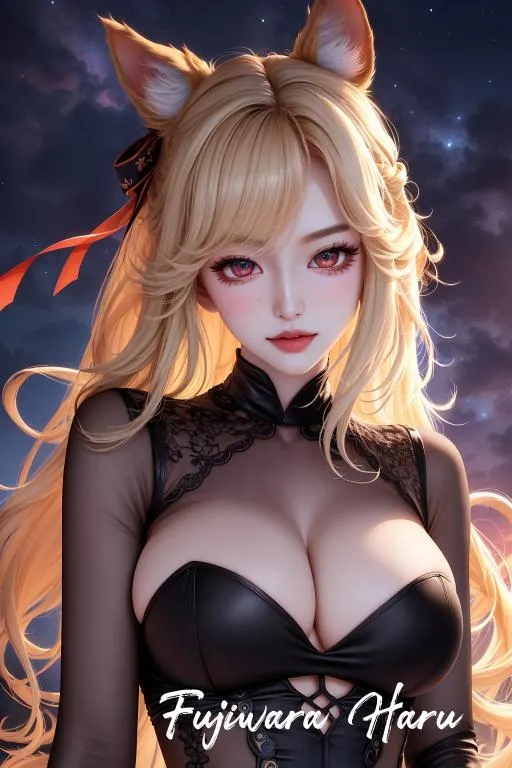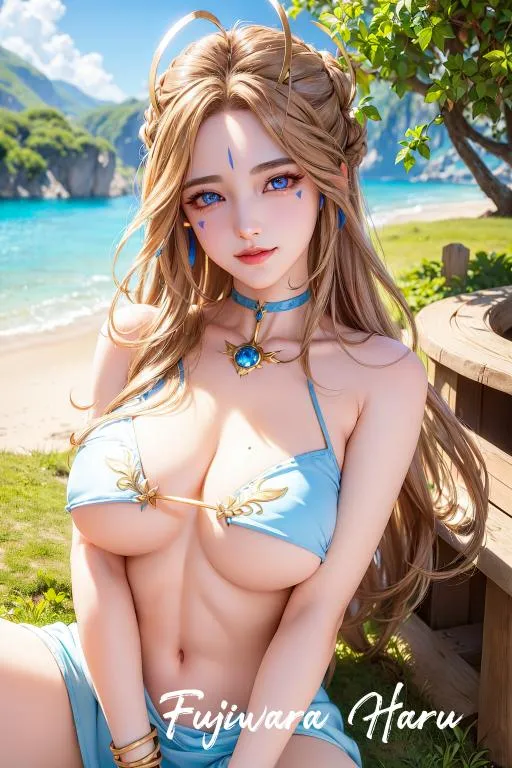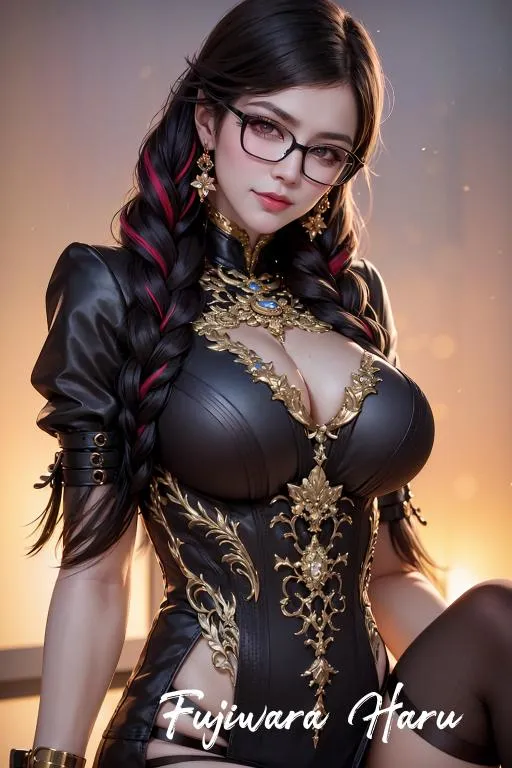Disney just crowned a new batch of Disney legends at D23, honoring actors, creators, and storytellers who have had a major impact on the company. This year’s crop of Disney Legends included everyone from Star Wars composer John Williams to Avatar director James Cameron.
But perhaps the most interesting selection was the late Steve Ditko, the comics artist who co-created Spider-Man and Doctor Strange. With a pedigree like that, there’s no question that Ditko deserves to be inducted as a Disney Legend. But would he have wanted to be? That’s another matter entirely.
Who Was Steve Ditko?
Ditko was a comic book writer and artist who made his debut in the early ‘50s, first working in the studio of Captain America creators Joe Simon and Jack Kirby and then branching out on his own professionally. He quickly developed a strong relationship with publisher Charlton Comics, co-creating the character Captain Atom in 1960. Ditko would also later create The Question and work extensively on Blue Beetle, helping to shape three characters who would eventually be folded into the DC Universe in the ‘80s.
But Ditko is undoubtedly best known for his work at Marvel; he began working there in the late ‘50s, when the company was still known as Atlas Comics. He struck up a strong working relationship with writer Stan Lee on the series Amazing Adult Fantasy, culminating in their most important collaboration of all in the series’ final issue, 1962’s Amazing Fantasy #15. That’s where Spider-Man was born.
It’s hardly understating matters to say Spider-Man was a revolutionary creation. Ditko profoundly shaped the character in the first several dozen issues of The Amazing Spider-Man, co-creating iconic villains like Doctor Octopus and Green Goblin and establishing Peter Parker as a totally unique hero, one who struggled to fit in with his peers and support his frail Aunt May.
Lee and Ditko further revolutionized the superhero genre with the creation of master magician Doctor Strange. That character quickly became a counterculture and psychedelic icon on the strength of Ditko’s imaginative visuals (a fact that famously annoyed the extremely straitlaced Ditko).
Unfortunately, the relationship between Ditko and Lee soured, with the two clashing over creator credits and eventually refusing to directly speak to one another at all. Both men offered differing accounts of what exactly went wrong, but the end result is that Ditko left Marvel and returned to Charlton, where he was afforded a much greater degree of creative freedom.
In 1967, Ditko created the character Mr. A, a vigilante strongly influenced by the philosophy of Objectivism. Ditko would continue to make Mr. A the focus of much of his independent work in the decades that followed. Ditko would also work for DC in the years that followed, co-creating characters like The Creeper and Hawk and Dove. He even occasionally returned to Marvel, most notably when he co-created the heroine Squirrel Girl in 1992’s Marvel Super Heroes #8.
The comics legend remained a very reclusive figure throughout his career, avoiding interviews and convention appearances and quietly working out of a small office in Manhattan’s Midtown West neighborhood. Ditko finally passed away in 2018, still making comics right up to the end of his life.
“Steve Ditko was an incredible artist, an incredible creator, and one of the original architects of the Marvel Universe,” said Marvel Studios president Kevin Feige during the Disney Legends presentation. “So much of the visual inspiration that you see in our movies comes right from the pages of those early comics that Steve drew. His style as an artist was instantly recognizable, unique, and groundbreaking, and his design for Spider-Man gave us what is probably the most iconic comic book character of all time.”
Why Ditko Shunned Fame
Again, while there’s no question that the man who helped create and define heroes like Spider-Man and Doctor Strange deserves to be honored as a Disney Legend, whether Ditko would have actually wanted the recognition is another matter entirely. Ditko was an artist who actively avoided public recognition and expressed no interest in awards and accolades, preferring that his work speak for itself. This led to frequent comparisons to The Catcher in the Rye author J.D. Salinger.
Ditko even made a point of avoiding being photographed. It’s telling that the most enduring image of Ditko isn’t a photograph at all, but a rare self-portrait included in 1964’s The Amazing Spider-Man Annual #1. In stark contrast to the much more outgoing and self-aggrandizing Lee, Ditko shunned the spotlight and preferred a life of quiet anonymity. It’s no surprise, then, that the two eventually had a falling out.
“Socially, he could be difficult,” Squirrel Girl co-creator Will Murray told Rolling Stone. “He had so many rigid walls around him about certain things that people didn’t understand. There was always this risk of people saying or doing the wrong thing and being completely thunderstruck that this friendly guy suddenly just blew up in their face over something innocuous.”
Writer and editor Tom DeFalco acknowledged that Ditko would likely have shown no interest in the prospect of becoming a Disney Legend were he still alive. During the award montage at the Disney Legends presentation, DeFalco said, “I know this would annoy Steve, but, tough, Steve, we love ya.”
However, it’s not just Ditko’s intensely private nature that makes the Legends award a surreal honor. There’s also the fact that Ditko was among many key Silver Age creators to clash with Marvel over the rights to their creations. While Marvel has raked in billions thanks to the Marvel Cinematic Universe, those responsible for creating those iconic heroes receive, at best, paltry royalty payments.
In fact, The New York Post reported that Ditko said he had received absolutely no royalty payments for any of the Spider-Man movies as of 2012’s The Amazing Spider-Man. Ditko may not have publicly railed against Marvel in life in the way that Superman creators Jerry Siegel and Joe Schuster battled DC, but his steadily worsening feud with Lee in the ‘60s shows that he was upset over not receiving proper credit and compensation for his work on The Amazing Spider-Man. According to author Blake Bell, who penned the biography Strange and Stranger: The World of Steve Ditko, Ditko ultimately left Marvel because the publisher reneged on promised royalties.
And if Ditko himself refused to become embroiled in a high-profile lawsuit against Marvel, his family took up the cause after his death. In 2021, Ditko’s estate filed a notice of termination, aiming to reclaim the copyright to Spider-Man and Doctor Strange. It was another high-stakes legal battle to follow Marvel’s recent clash with the estate of Jack Kirby. Marvel ultimately settled with the Ditko estate in late 2023.
There’s a sense that Marvel is eager to smooth over this latest bout of negative publicity. Honoring Ditko with an award and inviting Ditko’s nephew to accept it is certainly one way of moving forward from the lawsuit. But it doesn’t change the fact that far too many comic book creators are left to struggle while their creations feature in lavish big-screen adaptations and AAA video games. For every Stan Lee that has managed to profit handsomely off their work, there are a hundred Steve Ditkos languishing in obscurity.
Still, making Ditko a Disney Legend is a positive step forward. He may have hated it, but it can’t be a bad thing if more Marvel fans come to know the other creator of Spider-Man a little bit better.
What legendary Marvel creator should be inducted into the Disney Legends lineup next? Cast your vote in our poll and let us know your thoughts in the comments below.
For more D23 news, brush up on everything announced at the Disney Entertainment Showcase and learn more about the history of Daredevil: Born Again villain Muse.
Jesse is a mild-mannered staff writer for IGN. Allow him to lend a machete to your intellectual thicket by following @jschedeen on Twitter.
